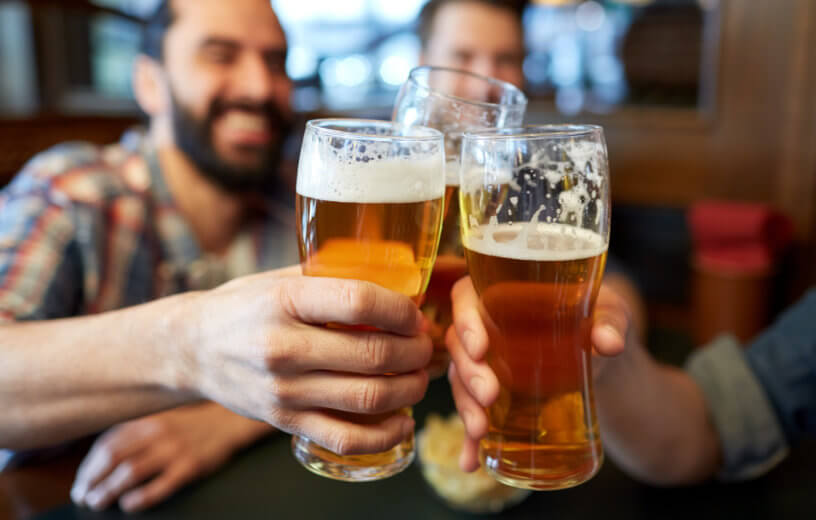PISCATAWAY, N.J. — If you’ve ever felt like your phone was silently judging you for having one too many alcoholic drinks, it turns out you may have been right. A new study finds modern smartphones are quite capable of detecting if a user is drunk via changes in a person’s walking movements.
The practical applications of this capability are myriad. Providing drinkers with real-time data on their level of intoxication could one day help reduce alcohol-related incidents, accidents, and arrests. Imagine receiving an alert once you’ve become too drunk to operate a vehicle. Similarly, if the smartphone of a recovering alcoholic detects drunken walking behavior, an alert could be sent to that person’s sponsor or a trusted family member.
“We have powerful sensors we carry around with us wherever we go,” says lead researcher Brian Suffoletto in a media release. “We need to learn how to use them to best serve public health.”
Motivated by alcohol-related tragedy
Dr. Suffoletto had been attending the University of Pittsburgh School of Medicine when he conducted this research. Now, he works at the Stanford University School of Medicine’s Department of Emergency Medicine. Suffoletto’s interest in this topic wasn’t purely academic or scientific. He’s seen first-hand how quickly a drunken night can become a tragedy.
“I lost a close friend to a drinking and driving crash in college,” he explains. “And as an emergency physician, I have taken care of scores of adults with injuries related to acute alcohol intoxication. Because of this, I have dedicated the past 10 years to testing digital interventions to prevent deaths and injury related to excessive alcohol consumption.”
A total of 22 adults, between the ages of 21 and 43, took part in this study. Each person received a mixed drink containing enough vodka to maintain a breath alcohol concentration of 0.20 percent. Participants had one hour to finish their beverages. Each hour for seven hours, the group had to undergo a breath alcohol concentration test and perform a walking task.
Telling if you’re drunk by the way you walk
During that walking task, each participant had a smartphone attached to their lower back using an elastic band. Similar to the classic police sobriety test, subjects had to walk a straight line for 10 steps. Participants then turn around and walk back another 10 steps in the opposite direction.
As they walked, their smartphones measured both acceleration and their full spectrum of movements (side-to-side, up-and-down, etc).
Roughly 90 percent of the time, study authors were able to successfully guess if participants were over the legal drinking limit to drive based solely on gait changes.
“This controlled lab study shows that our phones can be useful to identify ‘signatures’ of functional impairments related to alcohol,” Suffoletto says.
Researchers admit that no one keeps their phone on their back as they go out drinking. Still, these findings are very promising and they plan on conducting further research on this topic in the neat future.
“In 5 years, I would like to imagine a world in which if people go out with friends and drink at risky levels they get an alert at the first sign of impairment and are sent strategies to help them stop drinking and protect them from high-risk events like driving, interpersonal violence and unprotected sexual encounters,” the researcher concludes.
The study is published in the Journal of Studies on Alcohol & Drugs.
